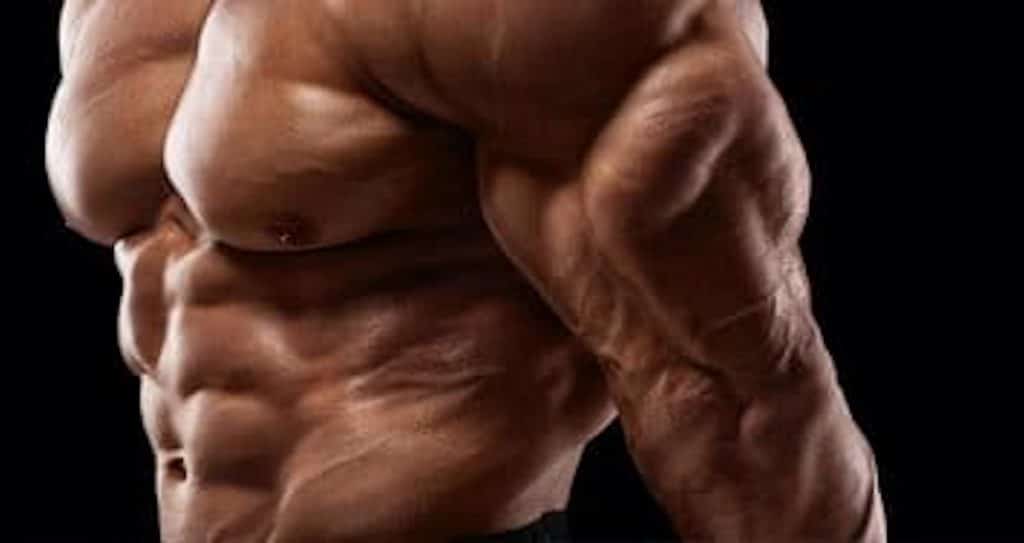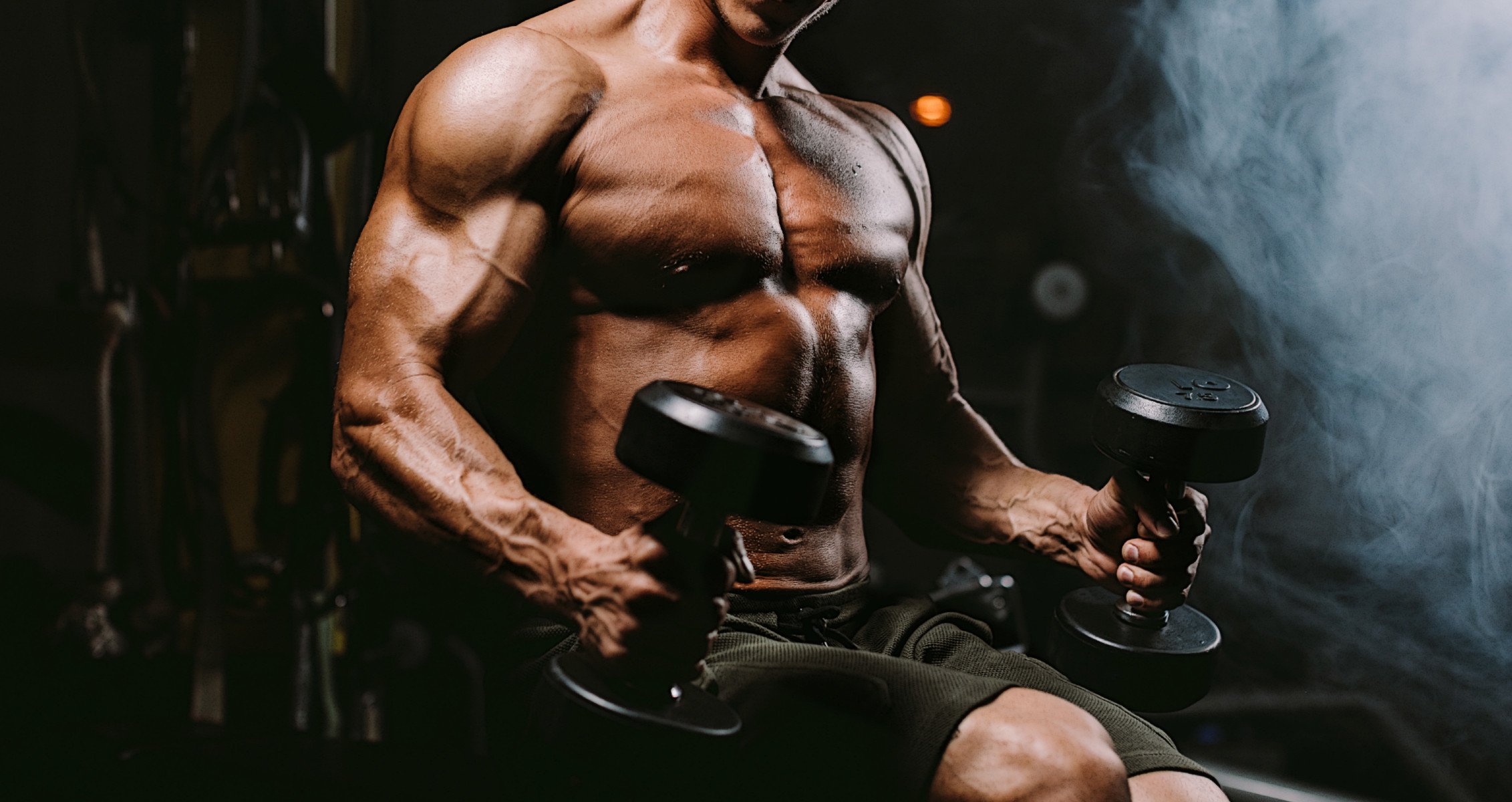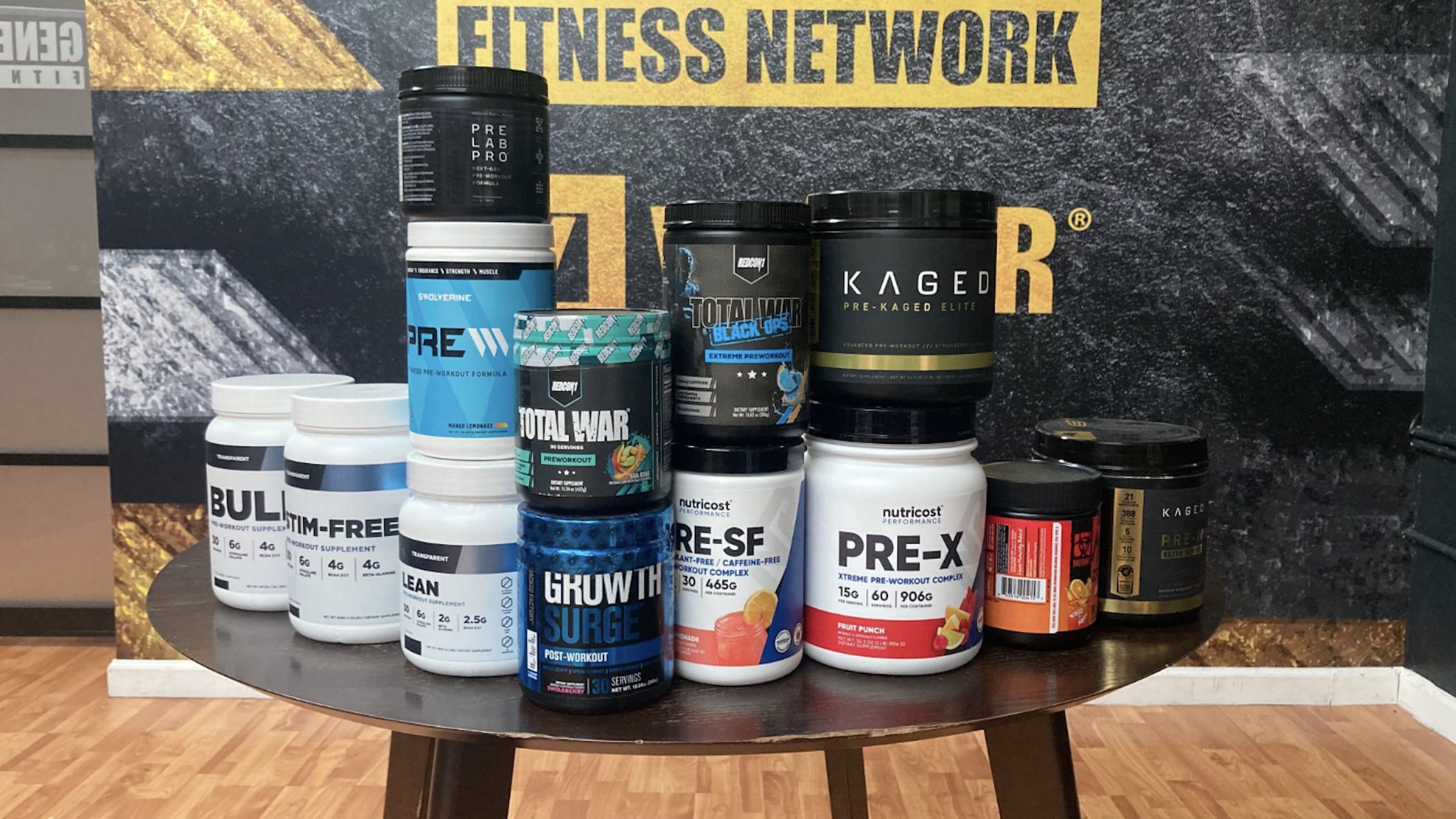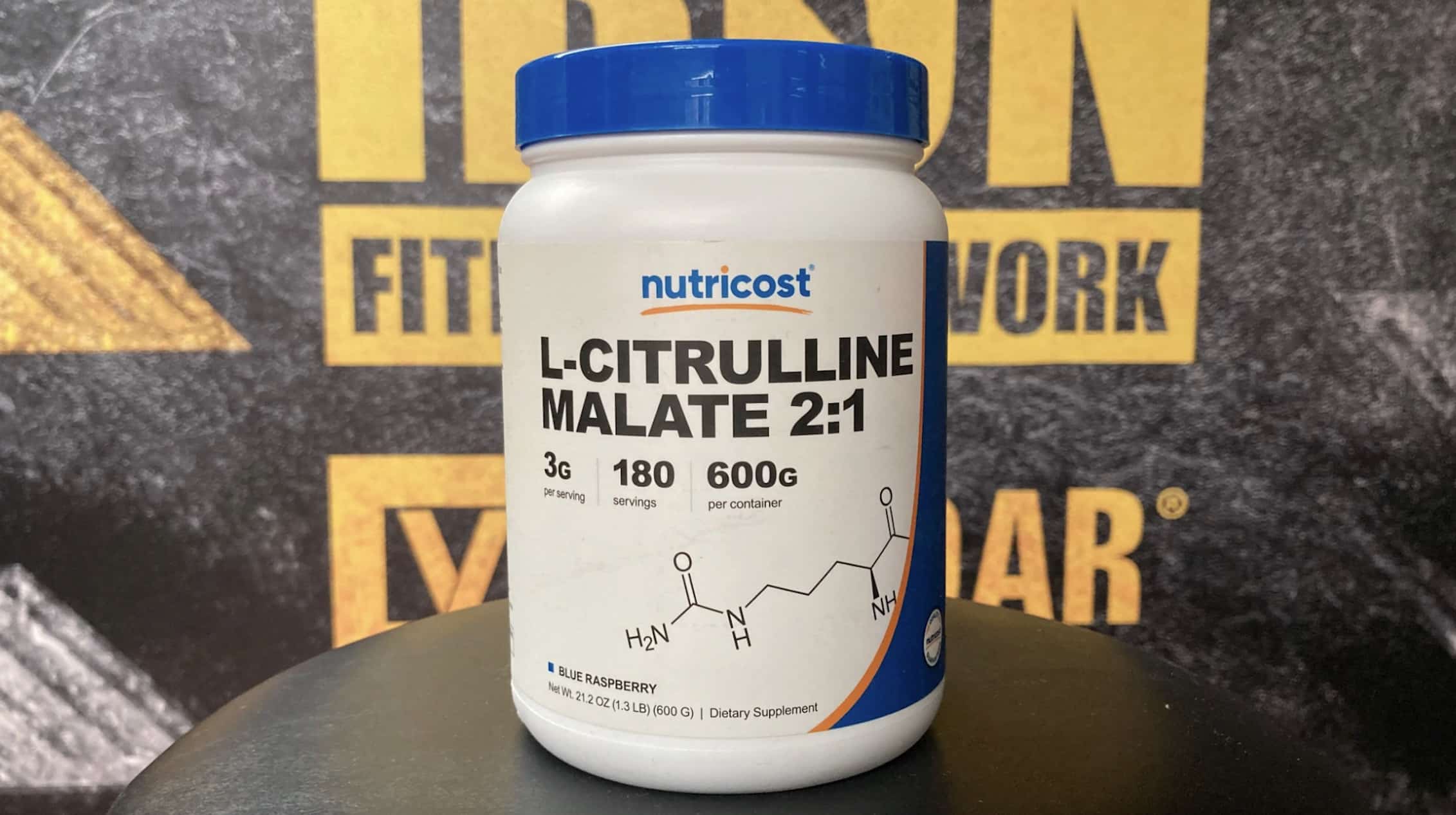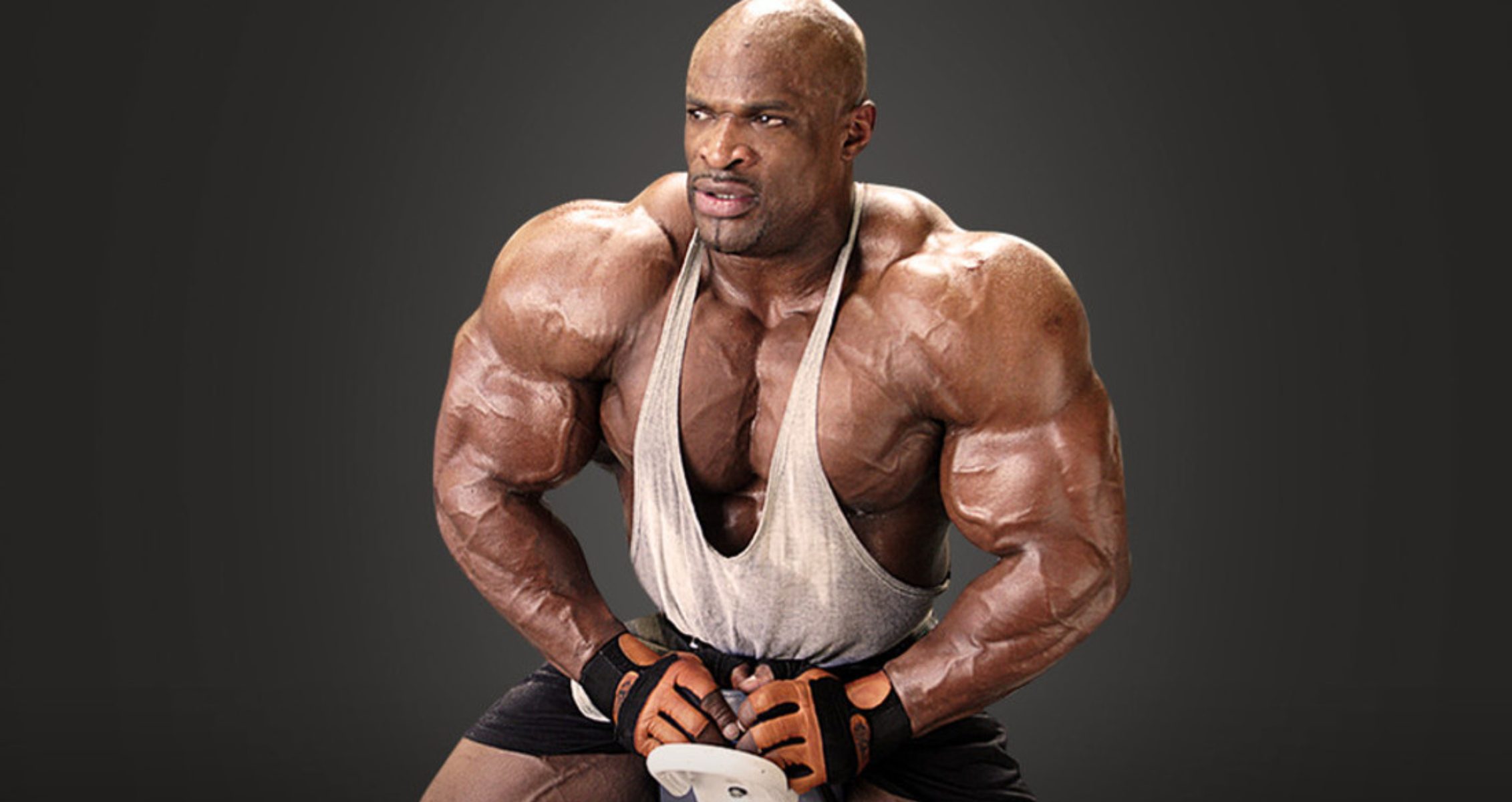The JM press is a mix of the skull crusher and tricep extension.
The bench press is a powerhouse exercise for building upper body strength and muscle mass (1). With various modifications, you can tailor it to target specific muscle groups. For example, switching to an incline bench press shifts the focus to your shoulders and upper chest, while a decline bench press emphasizes the lower chest. Your grip style is crucial, as each variation activates different primary muscles.
But have you heard of the JM press? This underrated exercise offers a unique way to elevate your bench press routine. Though it targets muscle groups similar to the traditional bench press, the JM press functions more like a barbell extension, delivering intense tricep engagement. The guide below dives into how this movement works and why it’s a game-changer for upper body workouts.
Technique & Muscles Worked
The JM press exercise is a compound movement that works similarly to the muscles used in the traditional bench press. This includes the arms, shoulders, chest, and core muscles. The JM press is a hybrid between a bench press and a skull crusher, giving you the benefits of a two-in-one exercise.
JM Blakley, a competitive powerlifter, is behind this routine, emphasizing the triceps. Executing the JM press using proper form and light weights is essential. Any mistakes when performing this exercise can cause injuries. Therefore, we suggest practicing with just a bar to get the movement right before advancing to using additional weights.
Since the JM press is a tricep-building exercise, be careful not to flare your elbows out too much during your rep. This can change the focus from your triceps to your chest and shoulders. It’s also essential to be in control during this exercise to better focus on your target muscles and avoid compromising your form.
So, how do we perform this exercise correctly to gain more strength and muscle benefits? Below is a step-by-step guide.
- Set up the weight bench, making it flat, and lie on your back with your feet on the floor.
- Using an overhand thumbless grip, place your palms at a less than shoulder-width length on the bar (close grip).
- Pull your shoulder blades back, arch your back, and brace your core muscles to unrack the bar.
- Now, unrack the bar and fully extend your arms above your chest. This is your starting position.
- Take a deep breath and slowly lower the bar to your chest area. Instead of doing this like a traditional bench press, bend your elbows and slowly bring them downwards close to your sides as you lower the bar.
- Immediately press the bar slowly, extending your elbows and arms. The focus should be on your triceps, primarily pressing the bar back to the starting position.
Benefits
The JM press is an excellent bench press variation for building and strengthening muscles. Below are some benefits of performing this exercise.
Builds your Triceps
The JM press exercise primarily works your triceps. It also defines your arms and creates an aesthetically pleasing physique. Bigger triceps also mean more strength for other pressing routines.
Better Bench Press Form
The JM press works your arms and targets the shoulder, chest, and core. Working these muscles strengthens them for the bench press and improves form during each rep.
Improves Pressing Strength
JM presses are the hybrid between a skull crusher and a close grip bench press. Skull crushers primarily work your triceps muscles, strengthening your arms while bench presses work your chest, shoulders, arms, and core. With the JM press, you get the benefits of a two-in-one exercise, giving you better gains.
Activates the Core Muscles
The core muscles are important, especially during a JM press, because they help stabilize your pressing movements. During this exercise, the core muscles are activated and help keep a proper form. This strengthens and promotes muscle hypertrophy in your abs and obliques.
Breaks Training Plateaus
The JM press is an effective way to tweak your bench press exercises. It can also improve other upper-body muscle groups for your skull crushers. Additionally, if you find out you’re no longer progressing with your bench presses or skull crushers, this exercise can help you break through that plateau.
JM Press Alternatives
JM presses are effective for training the upper body muscles. However, experts advise mixing up your exercises and including alternatives to increase your training level (2). Here are some excellent upper body exercises to add to your exercise arsenal for more gains.
Triceps Dips
Triceps dips are bodyweight exercises that primarily work the triceps muscles, like the JM press. This exercise also engages your chest, shoulders, and core muscles. It is a good alternative to the JM press exercise, and you can use resistance bands, chains, or a weight vest to increase resistance during tricep dips.
Seated Machine Tricep Extensions
The seated machine triceps extension is an excellent way to build your tricep muscles. It’s safe to perform and offers stability, allowing you to focus on your target muscles.
Push Ups
Push-ups are bodyweight exercises that offer so many muscle and strength benefits. Additionally, you can do them anywhere as long as floor space is available. However, you could tweak it using a weight belt or resistance bands if you don’t get satisfactory gains.
FAQs
How to do a JM press correctly?
The JM press requires a weight bench, a pair of dumbbells, or a barbell. However, since it’s an advanced exercise, we advise starting light to get the movement right. The article above provides more information on how to do this exercise.
What is the JM press good for?
The JM press is good for building the triceps muscles. It also works other muscles, such as the shoulders, chest, and core, making it an excellent exercise to add to your upper body workouts.
What is the difference between skull crushers and JM press?
The primary difference between the skull crushers and the JM press is how the movement is performed. They work similar muscles, but skull crushers enhance tricep activation more while the JM press also ensures the chest is engaged. At lowering phase, skull crushers are lowered towards your forehead while JM presses are lowered close to your chest.
Follow Generation Iron on Instagram, Facebook, and Twitter for more exercise guides!
References
- Saeterbakken, A. H., Mo, D. A., Scott, S., & Andersen, V. (2017). The Effects of Bench Press Variations in Competitive Athletes on Muscle Activity and Performance. Journal of human kinetics, 57, 61–71. https://doi.org/10.1515/hukin-2017-0047
- Gelman, R., Berg, M., & Ilan, Y. (2022). A Subject-Tailored Variability-Based Platform for Overcoming the Plateau Effect in Sports Training: A Narrative Review. International journal of environmental research and public health, 19(3), 1722. https://doi.org/10.3390/ijerph19031722
